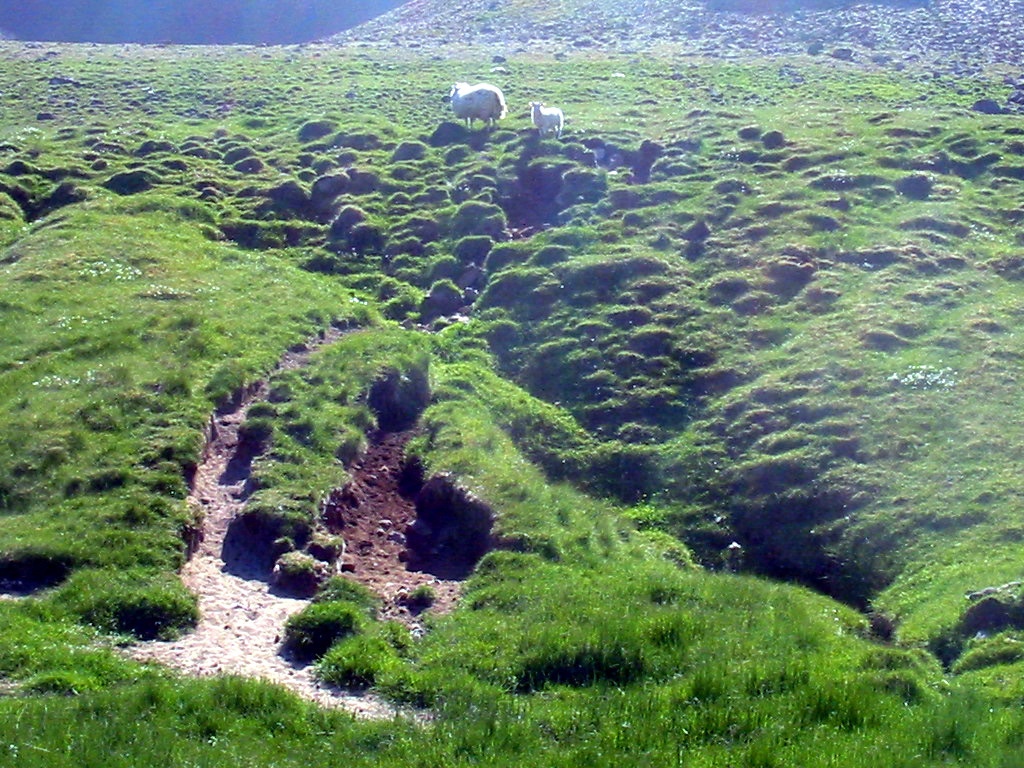Author: Alexander Sayenko
There are many examples of a man-made nightmare created by man in the world. What's more funny, the current example is revered today as an example of a mean northern beauty, although a thousand years ago it could have claimed the status of a “northern paradise”. What is this example?
Iceland.
Iceland, before the settlement of the first people, was, for a minute, for a THIRD occupied by the forest. Yes, this forest consisted of Icelandic birch, not the best tree. But he was, and the first settlers-Scandinavians, who arrived in the midst of the climatic optimum, liked the island hefty.
A lot of free land, optimum + Gulf Stream - it's not too hot outside, of course, but not too cold. Forests, fresh water ...
The "extra" forests were the first to go for firewood - after all, the sheep need to be grazed somewhere. When firewood was not needed, the forest was simply burned. Then they began to cut down for the sake of wood, since the fin forest did not provide the island for it, and it was expensive to transport logs from the continent.
In general, already in the 1100s, the forest from commonplace turned into a rarity, areas with groves and thickets became an item of personal luxury, like silver or large herds. Ordinary settlers were rather sorry that wood itself had become an elite material. And then slowly but very inevitably came the "furry northern fox".

, . , , .
. , . , , . . . , , ( , ).
. , , . , , , … . «, », - , . ? – .

, - , , , . . , -, . , , -.
« », – , , , , . . , «+4 » «-4».
. - , - , - , . , ( , - , ) « », , , .
IV, , , « » . 1241 ( , ). - , .
«- , - , , » - , 1100 .
. . :
« – .»
, .
1300 – , ( 2010). 30 0.3 . , . – , - , «» , . , . «» - , , , ( - - ). - , .
, . , , , , .
, - . , . «» - . , . , () .

No more forests. Half of the island is not exactly trees - there is no more soil, only gray gravel, ash and sand. The south is devastated by another eruption in 1389. The waters are filled with foreign, mainly German and English fishermen, because “most Icelanders could not afford normal ships. Somewhere in this era, the last known Greenlandic settlers sailed to Iceland, the rest of the population died out, and it is still not really known how.
The island slowly plunged into poverty and darkness, from which it emerged only in the middle of the twentieth century. The rest of the time the word "Iceland" was synonymous with gloomy, impoverished and hopeless wilderness.
Author: Alexander Sayenko